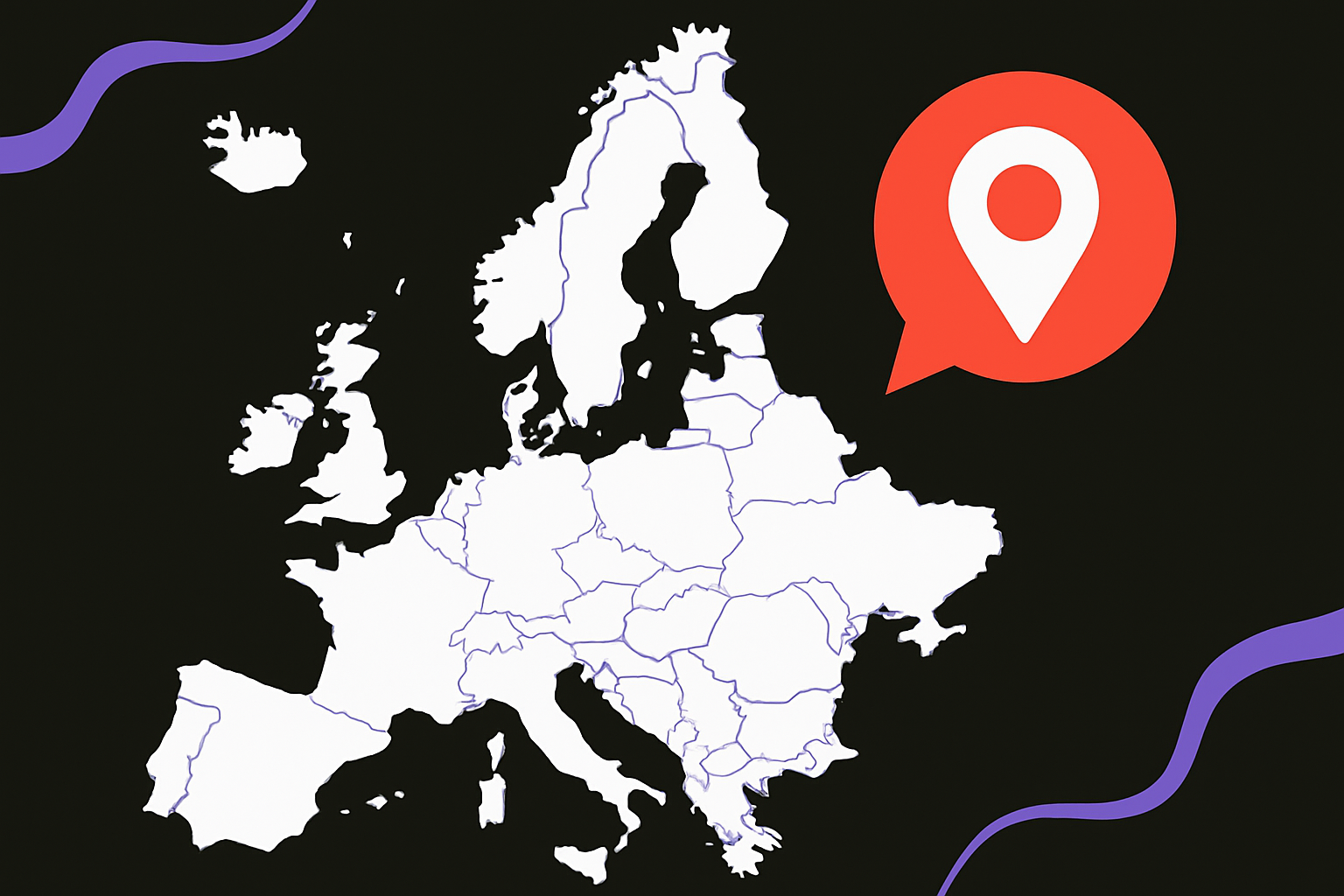Most global teams understand the need for scale. But when expansion hits, content is often an afterthought. The default move?
Translate the top-performing English blog post.
Swap the screenshots.
Publish and hope for the best.
It’s copy-paste localization, and it rarely lands. But the issue isn’t just about language. It’s about relevance. Content that performs in the U.S. doesn’t automatically resonate in France, Germany, or Sweden. Messaging that feels crisp in one market may feel off-key or overhyped in another. Even something as subtle as tone can shift how your brand is perceived.
Localization Is a Trust Strategy
In mature European markets, especially, trust is not a given. Your brand may be well known in your home market, but in Germany or the Netherlands, you’re often starting from scratch.
Localization, then, isn’t just about functional accuracy — it’s about emotional and strategic relevance. That means speaking with cultural fluency, referencing local norms, respecting regulatory landscapes like GDPR, and using proof points that feel close to home.
People don’t buy from companies they don’t understand. And they definitely don’t buy from companies that sound like they’re “not from here.”
From Inside-Out to Outside-In
A lot of localization today still follows the inside-out model:
“We already wrote this. Let’s get it translated.”
But great editorial teams — and global content engines — operate outside-in:
“What’s the context of this market? What do customers care about here? And how do we speak to that clearly, credibly, and on-brand?”
It’s a small mindset shift, but it changes everything. AndiIt moves localization from task to strategy.
How Your Content Engine Enables Localization
If your content operation is built like a one-off campaign machine, localization will always feel clunky and last-minute. But if your content engine is designed with structure and flexibility, localization becomes embedded in how you scale.
Here’s what that looks like in practice:
- Shared core messages, flexible by market
- Modular content assets that can be adapted without rewriting
- Feedback loops with local sales teams to shape tone and proof
- Systems and agents that handle formatting, asset delivery, and approvals at scale
In this setup, localization is no longer a blocker. It’s a growth lever.
Final Thought: Local ≠ Small
There’s a tendency to treat “local” content as niche or secondary. But when you’re selling into highly competitive markets, the local version of your message is often the only one that works. Your global content strategy isn’t global if it doesn’t land in the markets you care about.
Trust scales market-by-market. So should your content.







